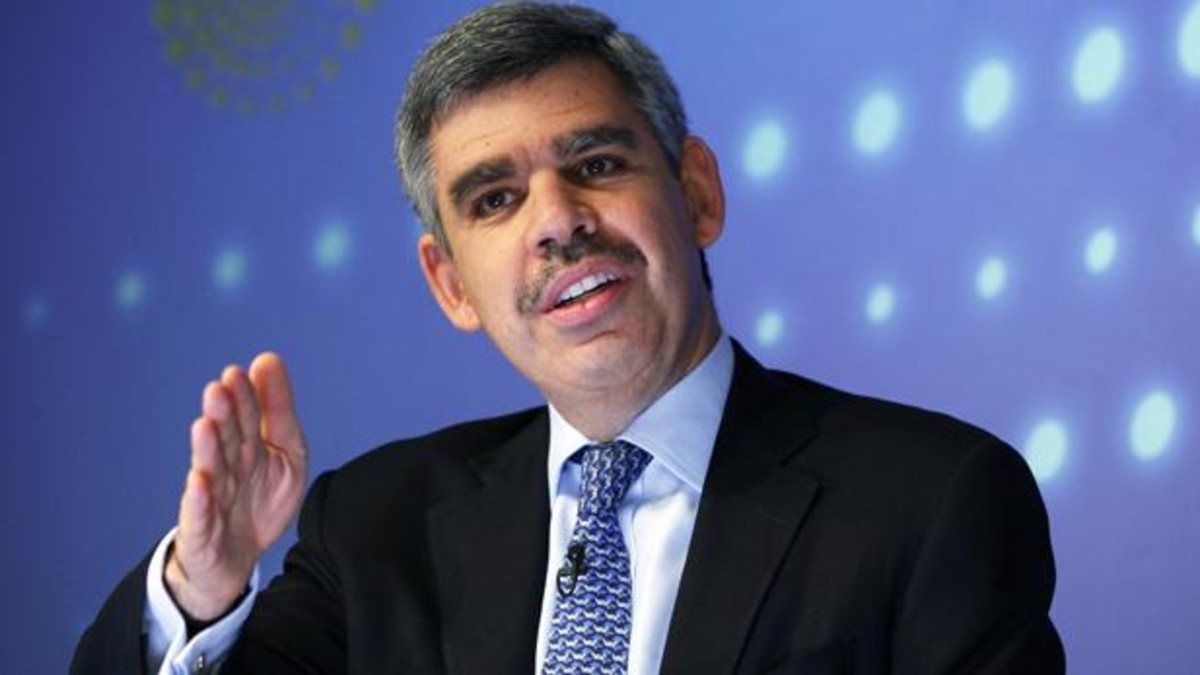
- The European Central Bank joined the Bank of Canada last week in launching a new round of interest rate cuts, with monetary policymakers in the United States and the United Kingdom expected to take their toll over the next few months.
- Domestic economic developments dictated these actions by the two central banks, however, multiple additional cuts by central banks, and the European Central Bank in particular, could be prematurely scaled back due to concerns about how currency markets will respond if the US Federal Reserve delays... Its facilitating procedures.
- This risk is exacerbated by the Federal Reserve's overreaction in monetary policy, as well as its 2% inflation target, which is too low for a world in which support for globalization is eroding and the Washington Consensus on liberalization, deregulation and discipline is changing course. Finance to the opposite destination at an accelerated pace.
- Regarding the issue of reducing borrowing costs, Bank of Canada Governor Tiff Macklem said on Wednesday: “It is logical to expect further interest rate cuts,” based on the current economic outlook.
- The European Central Bank tends to be very cautious in its upcoming monetary policy directives. However, we note that it ended up cutting interest rates for the first time since 2019 before the Bank of England and the Federal Reserve, despite being late in following them. The interest rate hike cycle, and it did not raise it as much.
- Most of the recent economic data from the G7 countries, although certainly not all, are consistent with weaker economic activity than many expected, and this is especially true for the United States. With the exception of the strong overall data released on Wednesday for the services sector, the economic data released were poor, and inconsistent. to consensus expectations.



